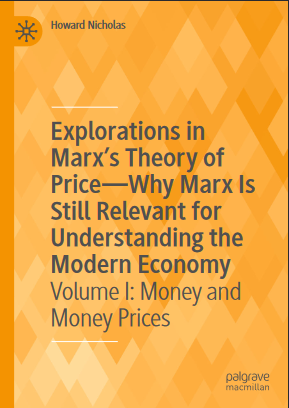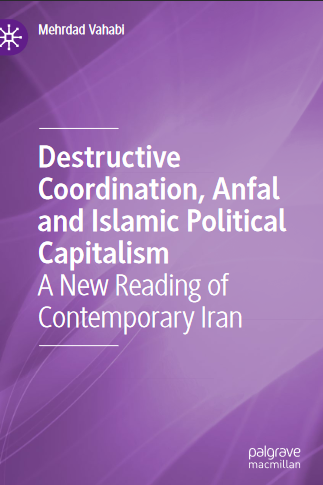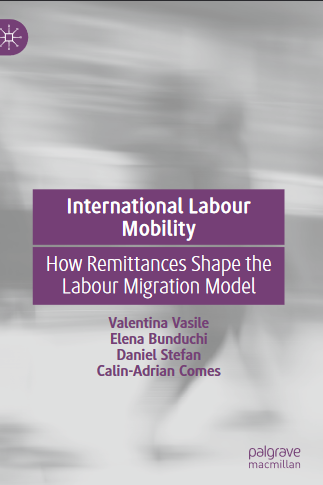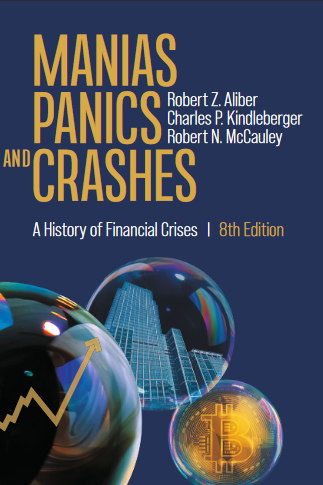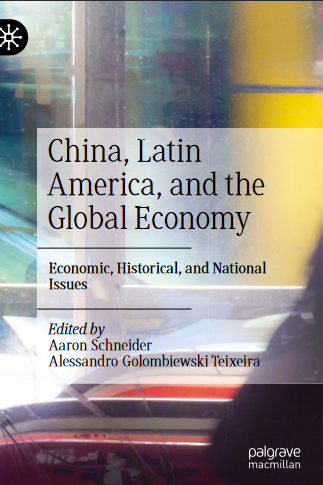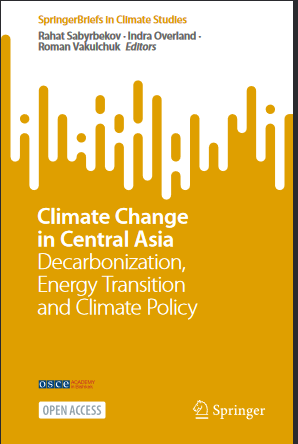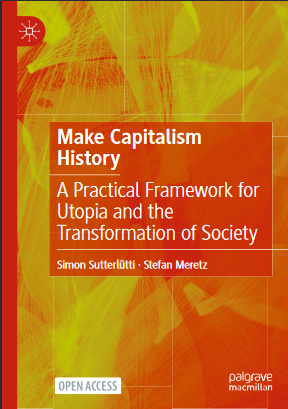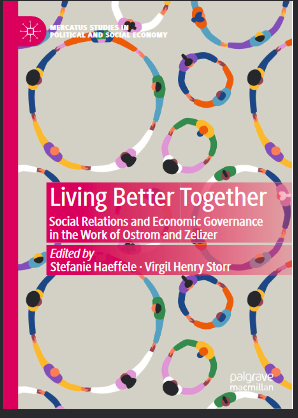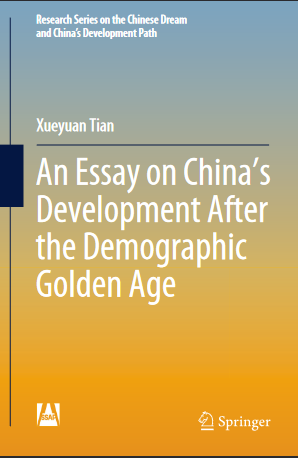موضوعات
آموزش و پرورش
ادبیات و زبان
پزشکی، دندانپزشکی و داروسازی
تاریخ و جغرافیا
داستان و رمان
دیگر
دین و فلسفه
روانشناسی
ریاضیات و آمار
سلامتی، تناسب اندام و رژیم غذایی
شیمی و پلیمر
علوم اجتماعی و حقوق
علوم زیستی و بیوتکنولوژی
فیزیک و نجوم
کامپیوتر و اینترنت
کتابهای کودکان و داستان
کسب و کار و اقتصاد
کشاورزی و دامپزشکی و غذا
معماری
مهندسی و فناوری
هنر و تئاتر
محصولات
Explorations in Marx’s Theory of Price—Why Marx Is Still Relevant for Understanding the Modern Economy Volume I: Money and Money Prices - Original PDF
نویسندگان: خلاصه: Preface This book is the first volume of a three-volume series borne out of a dissatisfaction I felt after writing Marx’s Theory of Price and its Modern Rivals, 2011. The dissatisfaction came from an awareness that a number of aspects of Marx’s theory of price required greater attention than I was able to accord them in this work. These included his analyses of money, profits, and the cyclical movement of the capitalist economic system. Although I was aware of this neglect while writing the book, I felt it did not do serious damage to my main purpose in writing it; to refute what I considered to be unwarranted charges of unintelligibility, inconsistency, and irrelevance levelled against Marx’s explanation of price. I now feel these omissions are consequential, and undermine my defence of Marx’s theory of price in the book. My hope is that this volume and the next will remedy the shortcomings of Nicholas (2011). As the title of the present work suggests its purpose is to expand on Marx’s theory of price by expanding on his explanation of money. The second volume builds on this by expanding on his explana- tion of profits and the movement of prices over cycles. The third volume extends this explanation to the level of the world market, explaining inter- national value and price, world money and exchange rates, and the cyclical movement of world market prices.Destructive Coordination, Anfal and Islamic Political Capitalism A New Reading of Contemporary Iran - Original PDF
نویسندگان: خلاصه: xi The term Anfal in the title of this book is not familiar for the general readership and its meaning cannot be easily understood by referring to English dictionaries. What is Anfal? If you launch an internet search on Anfal, you will encounter two main strands of literature. The first one relates to the Kurdish genocide by Saddam’s regime in the late eighties, and the second is about the eight Surah (chapter) of the Koran known as ‘Al-Anfal’. As Kurdistan regional government has aptly underlined, in Kurdish society, the word Anfal has come to represent the entire genocide over decades. Anfal was the term used by Saddam Hossein to describe a series of eight military campaigns conducted by the Iraqi government against rural Kurdish communities in Iraq, which lasted from February 23 to September 6, 1988.1 The campaign took its name from Surah al-Anfal in the Koran. Al-Anfal literally means the spoils of war (bounties) and was used to describe the military campaign of extermination and looting commanded by Ali Hassan al-Majid, the cousin of Saddam Hossein. As President of Iraq, Saddam Hossein frequently used religious language when describing the actions of his Ba’athist regime (see Johns, 2006), portraying Arabs as true defenders of Islam and Kurds as infidels.2International Labour Mobility How Remittances Shape the Labour Migration Model - Original PDF
نویسندگان: خلاصه: Migration has become a large-scale phenomenon, which affects all states of the world, regardless of their geographical area or level of economic development, and the ever-increasing number of international migrants has exceeded the growth rate of the world’s population. Therefore, under- standing the role and impact of migration in countries of origin and desti- nation is an important step in ensuring sustainable economic development and the achievement of the Sustainable Development Goals. As a result of the increasing attention paid to migration, we consider it very topical to study the impact of the phenomenon on all the countries involved, both those of origin and destinationManias, Panics, and Crashes A History of Financial Crises Eighth Edition - Original PDF
نویسندگان: خلاصه: When this work first appeared, it looked back a long way to the financial crisis of the 1930s and revived interest in an old theme. Few books on the subject appeared during the several decades after World War II, following the spate of the 1930s, because the industry that produces them is anticyclical in character,1 and recessions from 1945 to 1973 were few, far between, and exceptionally mild. This work also looked forward, four years it turned out, to the developing country debt crisis of 1982. In the decades since, 1982 proved just the first of four waves of financial crises. Debtors in three, four, or more countries defaulted at about the same time and the prices of real estate and securities in these countries fell sharply. Each country that experienced a financial crisis also had a recession as household wealth declined in response to the sharp fall in the prices of securities and real estate, and as the banks became much more reluctant suppliers of credit as their own capital was depleted. The Great Recession that began in 2008 was the most severe and the most global since the Great Depression of the 1930China, Latin America, and the Global Economy Economic, Historical, and National Issues - Original PDF
نویسندگان: خلاصه: CHAPTER 1 Introduction Alessandro Golombiewski Teixeira and Aaron Schneider China has sought to occupy a more prominent global position without upsetting existing international relationships. This has been especially true in Latin America, where the US continues to dominate regional relations as a result of geographic proximity and historical engagement, among other reasons. Still, China is already the top trading partner or among the top trading partners for every country in the region, espe- cially as Chinese growth outpaced the West in the aftermath of the 2008 financial crisis, and China has continued to act as the motor for the international economy after the onset of the 2019 pandemic. Increas- ingly, Chinese capital rivals Western-dominated multilateral, bilateral, and private lenders and investors in the region. To make sense of Chinese “going out” and the response from Latin America, the current projecFundamentals_of_Computer_Graphics - Original PDF
نویسندگان: خلاصه: Preface This edition of Fundamentals of Computer Graphics includes substantial rewrites of the material on shading, light reflection, and path tracing, as well as many corrections throughout. This book now provides a better introduction to the tech- niques that go by the names of physics-based materials and physics-based ren- dering and are becoming predominant in actual practice. This material is now better integrated, and we think this book maps well to the way many instructors are organizing graphics courses at present. The organization of this book remains substantially similar to the fourth edi- tion. As we have revised this book over the years, we have endeavored to retain the informal, intuitive style of presentation that characterizes the earlier editions, while at the same time improving consistency, precision, and completeness. We hope the reader will find the result is an appealing platform for a variety of courses in computer graphics. About the Cover The cover image is from Tiger in the Water by J. W. Baker (brushed and air- brushed acrylic on canvas, 16” by 20”, www.jwbart.com). The subject of a tiger is a reference to a wonderful talk given by Alain Fournier (1943–2000) at a workshop at Cornell University in 1998. His talk was an evoca- tive verbal description of the movements of a tiger. He summarized his point: Even though modelling and rendering in computer graphics have been improved tremendously in the past 35 years, we are still not at the point where we can model automatically a tiger swimming in the river in all its glorious details. By automatically I mean in a way that does not need careful manual tweaking by an artist/expert. The bad news is that we have still a long way to go. The good news is that we have still a long way to goClimate Change in Central Asia Decarbonization, Energy Transition and Climate Policy - Original PDF
نویسندگان: خلاصه: This chapter provides a broad introduction to the impact of climate change in Central Asia, a region that has been experiencing a greater rise in temperatures than other parts of the world. The chapter shows how climate change represents a significant threat to Central Asia, exacerbating existing economic and environmental challenges and fueling regional tensions over resource management. Inefficient water resource management at the national level and limited regional collaboration on the management of water resources, coupled with state capacities that remain insuffi- cient to tackle climate change impacts, compound water-related tensions between the countries in the region. The chapter also shows how decarbonisation efforts in Central Asia are still in their early stages, with coal remaining a primary source of energy. Although the Central Asian countries have announced decarbonisation targets and adopted green economy strategies and programmes to reduce green- house gas emissions, a large-scale clean energy transition remains unlikely in the short term. The chapter concludes by identifying a lack of scholarship on climate change in Central Asia, which limits the development of a coherent approach to climate change mitigation and adaptation and evidence-based decision-making in the region. The chapter argues that a more coordinated approach to tackling climate change across the region is needed, requiring closer collaboration and more effective joint management of natural resources by the five Central Asian states. Finally, the chapter presents the chapters in the rest of the bookMake Capitalism History A Practical Framework for Utopia and the Transformation of Society - Original PDF
نویسندگان: خلاصه: v I do not demand voluntarism nor do I preach an automatism; I rather intend to demonstrate the objective possibility of change and its preconditions. I neither want to paint a utopian picture nor forbid utopian thinking; my aim is to unfold well-founded hope. I neither want to be desperately waiting for the better humans nor seal history’s horrors with man’s evil nature; I rather take humans seriously in their history and their potential. I neither want to waste my life in a never-ending struggle nor bow my head before the overpowering. With confi- dence in existing potential and certainty of well-founded hope, I want to realise human possibilities. For 300 years, capitalism has been turning cooperation into competition, work into exploitation, nature into the insignificant other; it strengthens racism and patriarchy, puts profit before people and, therefore, impedes peace, justice, liberty and the pursuit of happiness. Today, when we are facing the risk of a climate crisis, the economic foundation of capitalism makes an ecological restructuring of society impossible. It is time to make capitalism history. To make capitalism history we need an alternative. We cannot demand the end of capitalism without having at least a vague idea of what a soli- dary, free society may look like. This book talks about societal alternatives, which we call utopias, and discusses different ways of how we may reach them. The end of capitalism is a “great transformation” (Polanyi), and such a societal transformation usually involves three aspects: something comes to an end (abolition), something continues (preservation) and something is raised to a qualitatively new level (development)Living Better Together Social Relations and Economic Governance in the Work of Ostrom and Zelize - PDF
نویسندگان: خلاصه: olitical economy is a robust field of study that examines the economic and political institutions that shape our interactions with one another. Likewise, social economy focuses on the social interactions, networks, and communities that embody our daily lives. Together, these fields of study seek to understand the historical and contemporary world around us by examining market, political, and social institutions. Through these sectors of life, people come together to exchange goods and services, solve collective problems, and build communities to live better together. Scholarship in this tradition is alive and thriving today. By using the lens of political and social economy, books in this series will examine complex social problems, the institutions that attempt to solve these prob- lems, and the consequences of action within such institutions. Further, this approach lends itself to a variety of methods, including fieldwork, case studies, and experimental economics. Such analysis allows for deeper understanding of social phenomena, detailing the context, incentives, and interactions that shape our lives. This series provides a much-needed space for interdisciplinary research on contemporary topics on political and social economy. In much of academia today, scholars are encouraged to work independently and within the strict boundaries of their disciplines. However, the pursuit of understanding our society requires social scien- tists to collaborate across disciplines, using multiple methods. This series provides such an opportunity for scholars interested in breaking down the boundaries of disciplines in order to better understand the world around usAn Essay on China’s Development After the Demographic Golden Age - Original PDF
نویسندگان: خلاصه: Su Shi, a well-known ci poet of the Song Dynasty, wrote a seven-character quatrain: “It is a range viewed in face and peaks viewed from the side, assuming different shapes viewed from far and wide. Of Mountain Lu we cannot make out the true face, for we are lost in the heart of the very place”. The poem not only depicts the picturesque scenery of Mountain Lu and contains the dialectical idea that those closely involved in something cannot see it clearly, but also provides people with ways and means to observe things, giving the poem an enduring appeal. When we look at the past four million years of human evolution, the trajectory of humanity before they reach the pinnacles of achievements in economic, technological, cultural, and social dimensions today, we may find out there are three distinct eras. As is known to many, an economic era is not defined by what is produced, but by how and what kind of tools are used for production. As the production tools typical of an era vary, so does the capital an economy depends on for growth. We may roughly divide the economic development of humanity into three eras, characterized by hand tools and natural capital, by machine tools and production capital, and by intellectual tools and human capital, respectively. In the era of hand tools, agrarian and prior forms of society—which span from primitive, slave to feudal societies—relied mainly on natural capital. Natural capital provides natural means of living and production, and the multiplication of popula- tion is mainly reflected in the size of the workforce. Therefore, ancient and medieval civilizations appeared mostly in places with fertile land, abundant precipitation, mild climate, convenient land and water transportation, a dense population and large labor force. Cases in point are the five cradles of civilizations, namely, ancient Mesopotamia along the Tigris and Euphrates, ancient Egypt along the Nile Valley, ancient India along the Ganges River, ancient China along the Yellow River, and ancient Greece. The prosperity of the Seljuk Empire, the Russian Empire, and the French Empire in the Middle Ages could also be attributed to their superiority in natural capital and populationآیا کتاب مورد نظر هنوز بر روی سایت قرار نگرفته است؟ جای نگرانی نیست! کافی است بر روی گزینه سفارش کتاب کلیک کرده و درخواست خود را ثبت کنید. در کمتر از چند ساعت کتاب شما را آماده خواهیم کرد.
